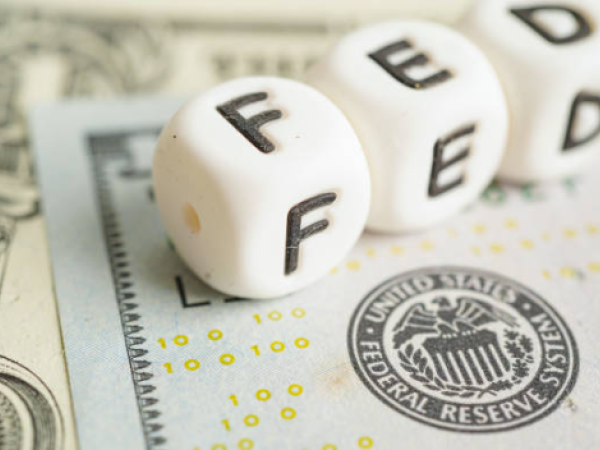The dollar is close to erasing what has been accumulated in 2024 due to the recent decisions of the United States Federal Reserve (Fed), which has intensified the debate about the magnitude of the next cuts that the entity could apply in interest rates and their impact on the US currency.
(Read more: From the US, passing through Colombia and arriving in Chile: how are the rates in the region)
According to information from ‘Bloomberg’, the foreign currency is currently one percentage point from its lowest level since December. To better measure its behavior, the dollar is close to its weakest level in more than a year against the euro and is at its lowest level in two and a half years against the pound sterling.
As Lee Hardman, a currency analyst at Mufg, explained to the media, “The dollar has weakened noticeably since late July, as the market pivoted to the prospect of more aggressive easing by the Federal Open Market Committee (FOMC).”
Along these same lines, financial sector players such as Goldman Sachs have lowered their forecasts in relation to the US currency, considering the position that the Fed has taken to ward off the specter of an economic recession.
(Read more: Excess caution in Issuer rates could also be harmful to the economy)
Fed
iStock
(See: Check your pocket: this is the quarter that can be worth millions)
Other entities such as JPMorgan Chase, for their part, maintain a neutral position regarding the future behavior of the greenback. This while the path that the Federal Reserve will take regarding its monetary policy is better clarified.
Added to this is that in recent days operators have increased their bets on further relaxation, placing the probability of another half-point cut in November at 50%.
It should be remembered that after a cycle of 11 increases that began in March 2022 to control inflation and with uncertainty involved, the Fed decided to place its interest rates in a range of 4.75% to 5%.
The reference rate of interest rates It had been in a range of 5.25% to 5.5% since July 2023, the highest figure since January 2001, and that this cut was motivated by the behavior reported by the Consumer Price Index (CPI).
(See: Interest rates and the Fed: what comes after the strong cuts?)
PORTFOLIO












Add Comment